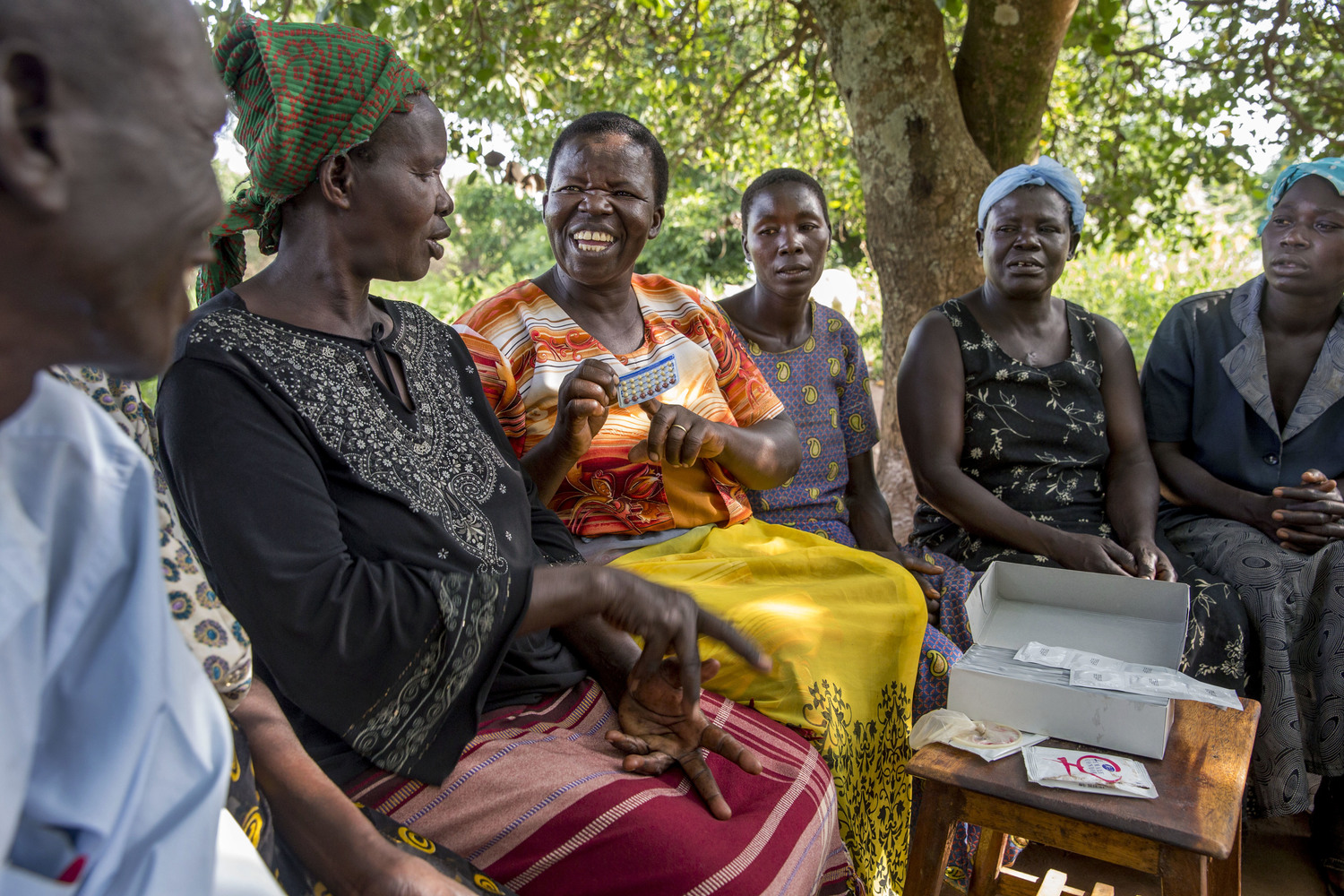
Gender Equality Can Be Supported by Investments in:
- Empowering women to use contraception.
- Improving girls’ school enrollment and attendance.
- Protecting women’s rights to own property and other assets.
- Boosting girls’ social, human, and financial capital.
What Is the Issue?
In most countries, existing social, political, and financial structures benefit men while placing women at a disadvantage in household decisionmaking, political power, and accumulation of income and assets. Goal 5 of the Sustainable Development Goals is ending gender inequality—the unequal treatment of people based on their gender. Gender equality is relevant to women’s individual economic empowerment and a nation’s economic growth.
Why Does It Matter?
In low- and middle-income countries, gender inequality stifles economic growth through the diminished productivity of women, lower female labor force participation, and tracking of girls into low-paying occupations. These factors, in turn, contribute to higher poverty rates among women. New research suggests that reducing gender inequality in labor force participation and economic productivity can bolster a nation’s economic growth.
What Can Be Done?
Supporting the rights of women and girls to access reproductive health care, receive an education, own property, and contribute to the formal economy promotes gender equality and can yield benefits for women, their families, and communities. Enhancing women’s ability to use contraception is key to help delay family formation and to keep girls in school to achieve greater educational attainment—both of which help women participate in the labor market and contribute productively to the economy. As a result of key investments, more women may have greater social, human, and financial capital and be better able to participate in the formal economy.
Learn More:
- Investing in reproductive health and education can reduce fertility, contribute to the well-being of girls and women, and lead to increased economic growth: Investing in Women and Girls for a Gender Dividend .
- Conditional cash transfer programs can increase school attendance and reduce rates of teen pregnancy, HIV, and early marriage: Interventions to Address the Economic Causes and Consequences of HIV/AIDS .
- Changing community practices to recognize women’s equal right to property and inheritance is associated with higher employment and earnings for women: Women’s Property Rights and Gendered Policies .
- Increasing girls’ social capital may help girls delay sexual debut and protect against nonconsensual sex, both of which have direct health benefits: Enhancing the Economic Health and Social Capabilities of Highly Vulnerable Youth .
- PopPov studies about gender equality: Policy Relevant Findings on Gender Equality .